iKnife Collector
The online community of knife collectors, A Knife Family Forged in Steel
How are you preparing for deer season?
Fan across an article that I really liked, mostly because it made sense. All except the pic in #5 that is...
1. Sight in Your Bow or Rifle
If you wait until the week before the season to sight in your gun or bow, you’ll likely have to wait in line at the shooting range. But if you’re serious about making a good, clean shot (and we should all be serious about that) then you need to spend plenty of time tuning your bow or rifle before then.

The long summer days are perfect for getting your weapon in working order, and you want to have plenty of practice time in when you hit the woods. Starting early gives you a chance to find the right load or broadhead/arrow combination, and the range will probably be less crowded.
2. Talk to Farmers
Very few people have a better understanding of what’s going on in your hunting area than local farmers. Since they spend much of the summer planting, spraying, and baling hay, farmers usually have a pretty good idea of what the deer are doing.
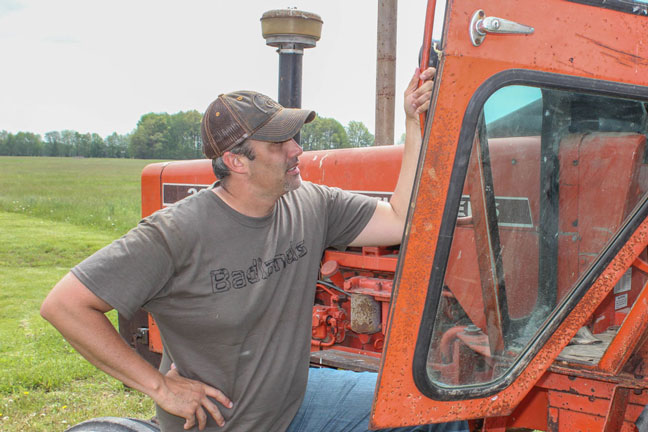
They may also know where the big bucks are feeding, which is invaluable intel. In addition, most farmers are bombarded by requests to hunt their land in the late summer and early fall. Getting out early and speaking with the local landowners may help you get a foot in the door.
3. Set up Trail Cameras
Successful hunters know that keeping track of deer movement is important, and summer is a great time for setting up cameras to collect as many photos as possible. Doing so will give you a better idea of deer movement patterns in the area.
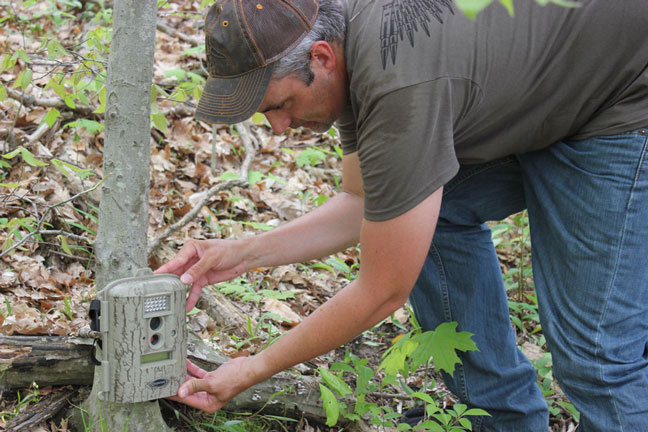
More importantly, you’ll have an idea of which deer are utilizing your hunting area as part of their home range. You might be able to intercept a buck early in the season but, just as importantly, if you do your homework you’ll figure out the deer’s home range and will be close by when the rut is in full swing in late autumn.
4. Check Your Gear
Many hunters completely forget about checking their gear until the hunting season rolls around, and that can spell trouble. You’re going to spend precious time and money at the sporting goods store replenishing supplies during the season if you neglect your field equipment in the summer. The summer months are the perfect time to address any issues, and chances are you’ll find there’s plenty of work to be done.
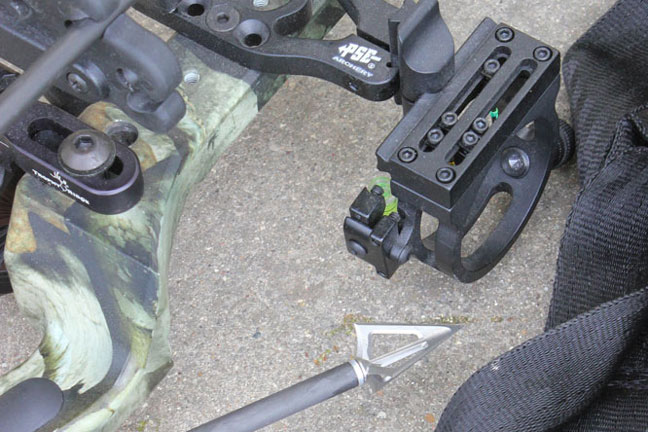
There’s nothing worse than heading to the woods in the fall only to find out your stand is falling apart and a mouse has a made a nest of your safety harness. That’s why it’s never a bad idea to actually gear up and head out to your favorite hunting spot in August to check all of your equipment. You can even shoot a few targets from your stand to help improve field accuracy. Also, be sure that your rangefinder has new batteries, and that your hunting knife and broadheads are sharpened.
5. Clear Travel Paths
Overgrown plants create a major obstacle when you’re trying to get to your stand quickly and quietly in the fall. Take some time during the summer to clear an access path to your hunting area, and be sure that you have multiple routes available depending upon the wind conditions.
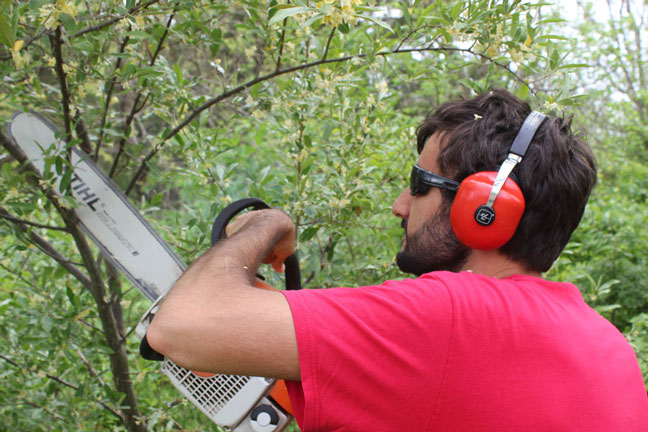
Nothing ruins an early season hunt like tripping and stumbling to your stand as you cross fallen logs and navigate through forests of honeysuckle and multiflora rose. A clear path allows for a quiet approach.
6. Pattern the Does
There’s an old adage that if you want to find the bucks, follow the does. So don’t ignore the lady deer as you scout during the summer months.
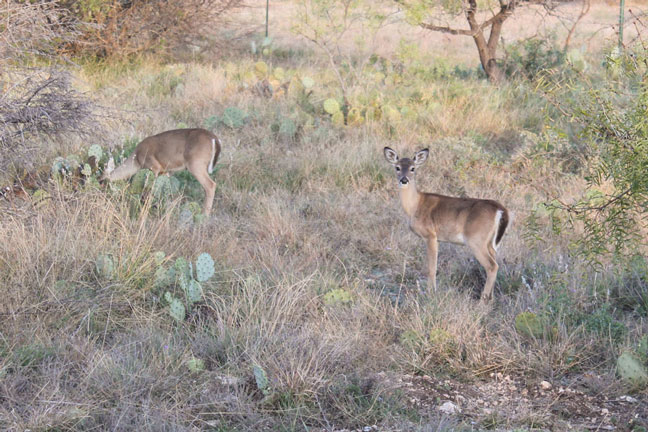
Does are often more visible, and their travel patterns remain roughly the same throughout much of the year. If you know where the does are spending their time you’ll be in position to intercept a buck when the rut hits later in the year.
7. Visit Landowners
Growing up on a farm, I can attest to the fact that most hunters show up only when they want permission to hunt or when the season has actually started. There’s nothing wrong with that, per se. But if a landowner has given you permission to hunt, it’s a good idea to stop by for a visit in the summer.
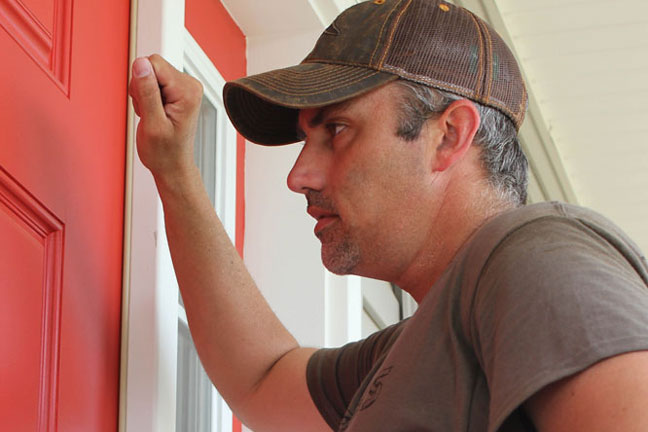
Perhaps you can offer to lend them a hand around their property. There’s always work that needs to be done on large acreage, and showing up early to help out makes the landowner understand that you do appreciate the fact that they allow you to hunt on their property.
8. Get in Shape
Most deer hunting isn’t particularly demanding, but it’s important to be sure that you are in shape for the upcoming season. Spend some time walking and working out so that you don’t crumple under the strain of dragging a big buck out of a deep drainage later in the year.
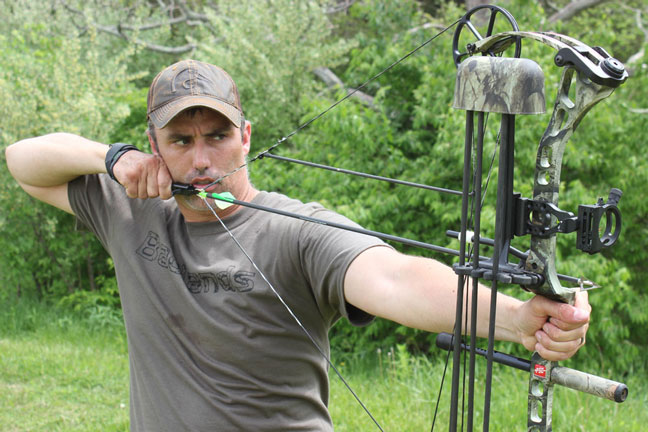
If you are bowhunting, be sure that you are physically capable of drawing and holding your bow. A week before the season starts is too late to make up for a lazy summer.
9. Plant and Maintain Food Plots
One of the primary duties of land managers in the late spring and summer is establishing food plots. There’s much work to be done; soil testing, plowing, planting, fertilizing, mowing and spraying should all be completed in advance of the fall hunting season.
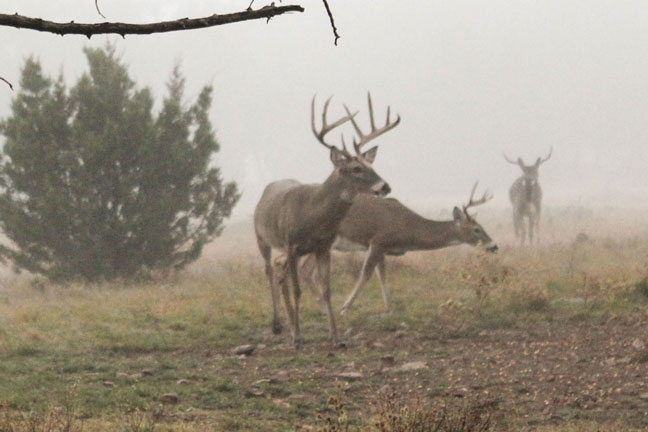
Additionally, it’s always a good idea to monitor your food plots for any signs of deer activity. Maintaining your food plot during the summer ensures that your deer will have the nutrients they need to grow big antlers.
10. Collect and Organize Data
The long summer days are perfect for scouting your hunting area, so spend plenty of time in the woods looking for deer signs. In addition, keep your intel organized so you’re in the right spot come fall. I place all my photos from the summer in separate folders on my laptop so I can quickly see which deer are frequenting which cameras.
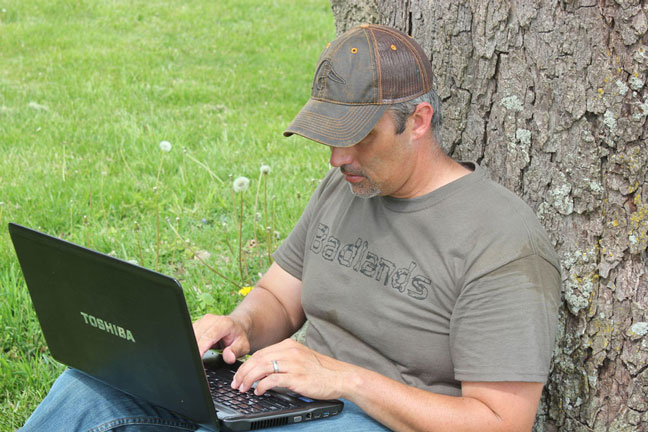
Keep detailed notes about feeding and movement patterns, and write down any info you glean from landowners. Having all this info in one spot makes it easier to develop a game plan and will up your odds of success in the fall.
Read more: http://www.northamericanwhitetail.com/land-management/10-ways-to-pr...
Tags: Deer, coming, is, season
Replies to This Discussion
-
Permalink Reply by allanm on August 16, 2017 at 20:32
-
I sharpened my old favorite Buck Omni 10 point, made sure my backpack is ready with a few other knives, gloves, bags, paper towel, hand sanitizer, rope, two head mounted flashlights, spare batteries, a few other goodies, and always a blaze orange hat of course. My sharpening skills are improving, I can see / feel each time it gets better. People tell me they are so good, but I know compared to many here I am getting a sharp edge, but not anywhere as sharp as I wold like them to be.
This year Virginia added "blaze colored" which is defined as blaze orange or blaze pink, where blaze pink is defined as bright or fluorescent pink. And still some people as what does blaze pink mean? Maybe the should not be hunting, but sitting in line for a Darwin award. :-) I'll stick with my blaze orange, no need for pink in my life.
This year I also asked a friend from work if he still has his apprentice licence - which he does, until December. So I offered to take him out for youth and apprentice weekend since he has never hunted, nobody else has ever offered to help him in any way. I'm sure he can use a rifle, but bow and muzzle loader would be legal too - with general bow season starting on October 7th - always the first Saturday in October, and muzzle loader on the first Saturday in November. He has no rifle, so I said he can use mine - an AR-15 chambered in 7.62x39 to be deer legal. I built it that way specifically to make it legal. Turns out this guy never trained on rifles, maybe not even pistols in his Navy time. I thought all Army / Navy / Air Force had basic training at least, and had to qualify every year. Apparently not - so we'll be going to the range to teach him how to use an AR, and let him practice a bit and learn some deer anatomy and vitals zones. At least he has a .22 rifle and has used that, but I have no idea how well, and he's never used a scope either.
I'm still thinking about that weird looking Field Torq knife that looks like a can opener - thinking maybe one day I might try one, just to satisfy my curiosity. Or maybe buy some steel flat stock, make an equivalent and either try the hardening myself or ship it out for a professional job. I think that curved blade would be rather hard to grind and sharpen though - like a giant gut hook.
-
-
In MemoriamPermalink Reply by D ale on August 17, 2017 at 11:07 -
An old and dear friend of mine .. career military .. "took care of" the local farmers who extended hunting rights to him after his return to the family farm 32 yrs later. I was lucky enough to be a hunting partner of this old gentleman.
.
We ALWAYS stopped by the farmer's house to announce our intent to hunt a certain area that day .. even if it was on the far end of the farm .. necessitating an 8 mi drive out of the way. The farmer may have been doing field work in that area that day & we certainly did not wish to be discharging firearms in his general direction. We always returned to report downed trees / fences or recent erosion issues. This man always presented a holiday gift of a smoked ham or some food item that he knew the farmer enjoyed ..but.. was a bit out of their usual budget. He offered and did "pick rocks" for a day or so ea spring.
.
He eventually enjoyed hunting rights from just about every farmer in the area.
.
I do miss the old gent.
D ale
-
-
Permalink Reply by Jan Carter on August 17, 2017 at 11:21
-
Allanm,
WOW, thank you for being the person willing to help him learn to hunt safely and successfully. We so often hear folks that "complain" about the younger generation but do nothing to further the knowledge or success of that generation. I fear you may be right about the ability to sharpen and maintain a good geometry on the edge of the Field Torq
-
-
Permalink Reply by Jan Carter on August 17, 2017 at 11:23
-
Dale,
What a wonderful person the old gentleman must have been. He made sure the folks allowing him to hunt were safe during the hunt and felt appreciated through out the year. I think you must have enjoyed his company a great deal.
-
-
Permalink Reply by steven patterson on August 18, 2017 at 7:45
-
looks like here in south east ky,blue tounge has hit again,several friends and neighbors,have been finding lots of dead deers on there properties,a son in laws uncle scouts from the back of a horse,and has found many bucks on his farm dead near water sorces,there are several county roads here you can drive and smell the odor of dead deers for miles and miles,this will be a bad year for hunters in southern ky,the dept of game has reported it in 6 counties as of a couple weeks ago.good luck to every one and most important,know what you are shooting at and make yourself familier with your weapons and suroundings,good luck and happy hunting.
steve
-
-
FeaturedPermalink Reply by Charles Sample on August 18, 2017 at 22:37 -
Keeping your weapon, whether bow or gun, sighted in is important for making a quick clean kill. You don't want to wound a deer and it run off to die a slow lingering death. I keep my .30-06 sighted in because I also use it to hunt coyotes. To sight in my crossbow, I take my target to the woods and place it where I expect to see the deer. I shoot at it from where I will be hunting, whether from my tree stand or portable ground blind.
I keep my trail cameras out all year round. That keeps me abreast of the deer in the area and their movement patterns. In picture 3 he has the camera too close to the ground. I generally place mine between 2 and 3 feet high. If necessary I will put a small stick between the camera and the tree to get the precise angle I want.
Jan, you are right about pic 5. That is not very smart the way he is using that chain saw. For stuff that small I would not use a chain saw at all. i often clear brush to open shooting lanes or to allow easy and quiet access to my stands. Another thing I will do is rake a path clear of leaves to my stand if necessary. it is impossible to walk across dry leaves quietly.
-
Latest Activity
© 2025 Created by Jan Carter.
Powered by
![]()